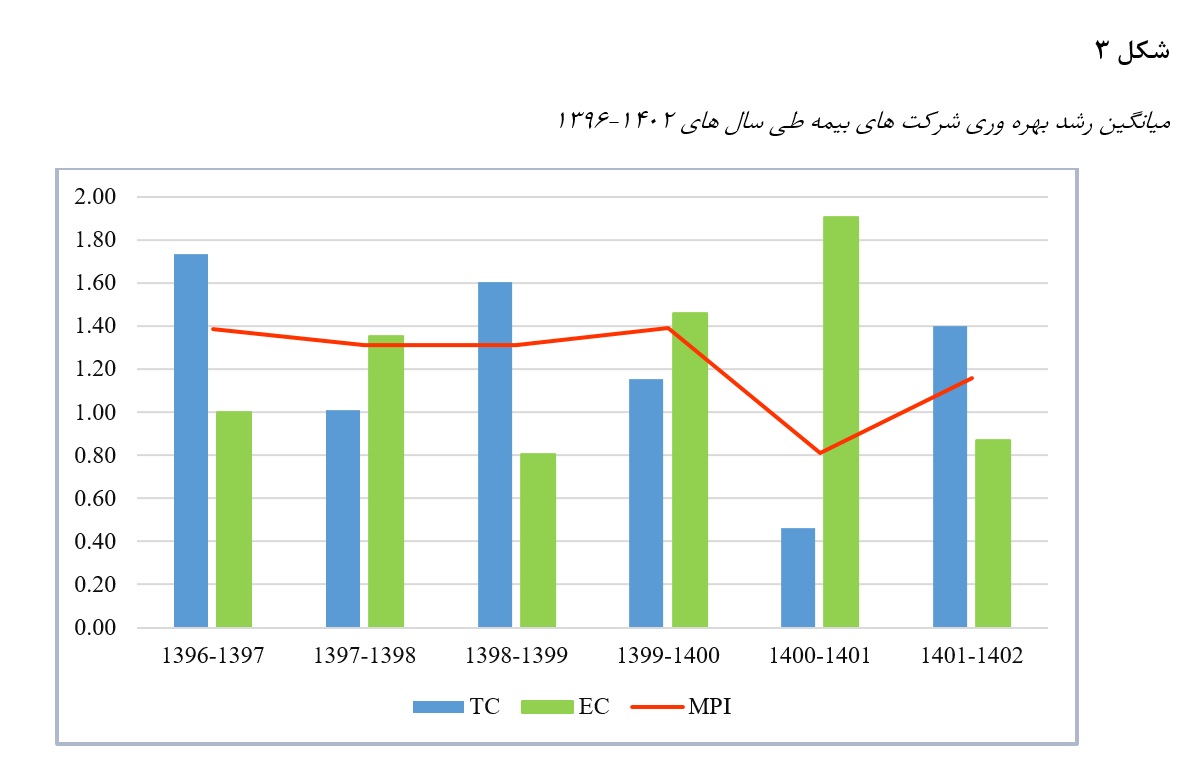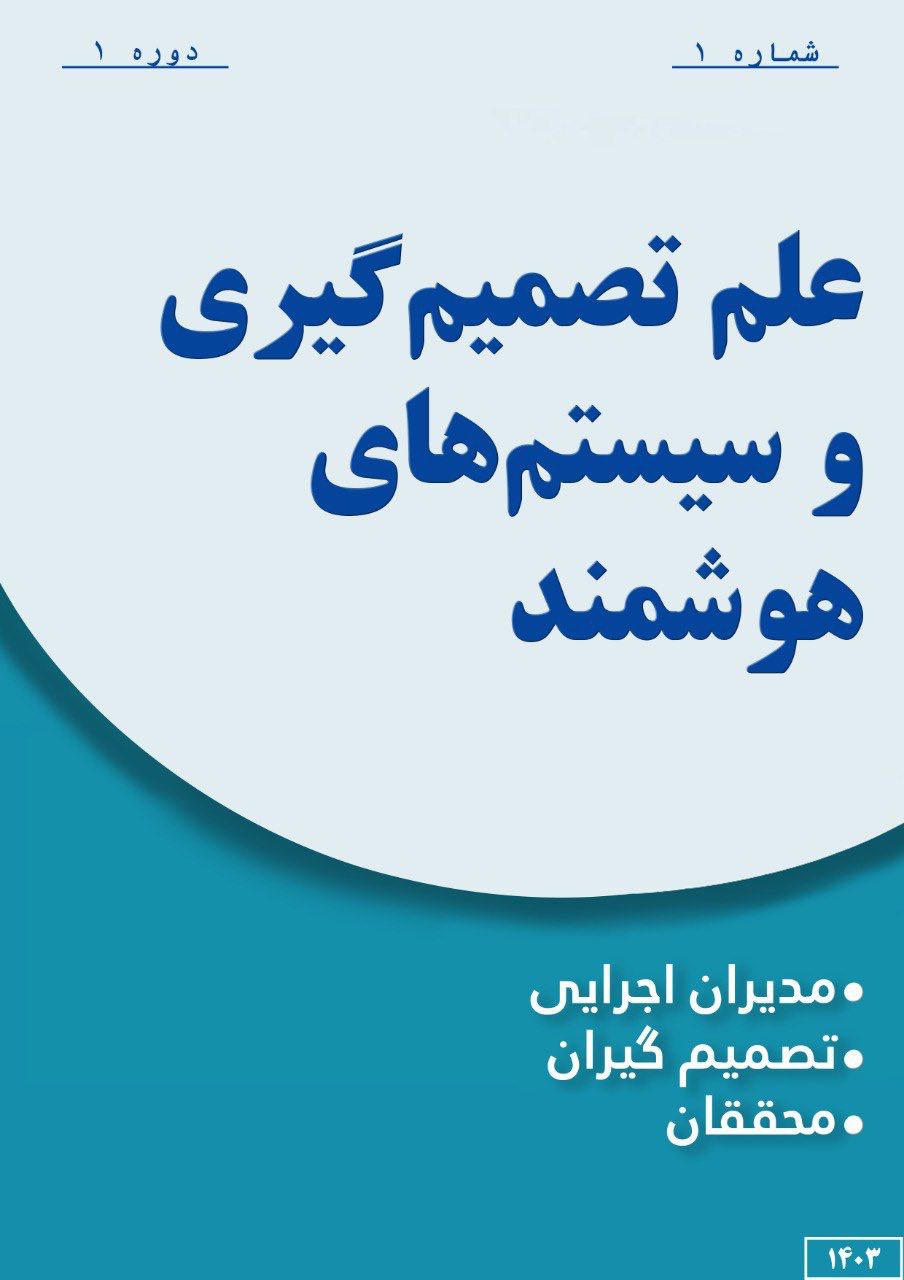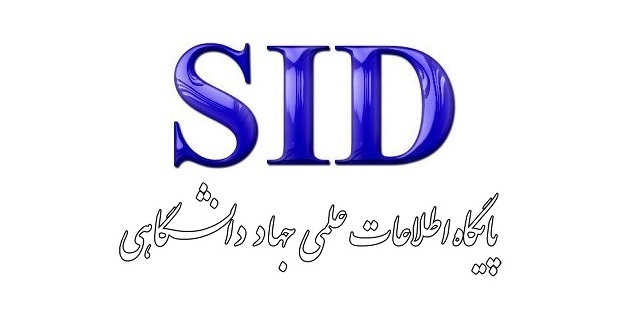تحلیل کارایی و رشد بهرهوری صنعت بیمه ایران: رویکرد مبتنی بر تحلیل پوششی دادهها
کلمات کلیدی:
تحلیل پوششی دادهها, اندازه کارایی راسل, شاخص بهرهوری مالم کوئیست, صنعت بیمهچکیده
صنعت بیمه یکی از ارکان حیاتی نظام مالی بهشمار میرود که با ایفای نقش در مدیریت ریسک، ارتقای تابآوری اقتصادی و تسهیل سرمایهگذاری، اهمیت فزایندهای در اقتصادهای نوظهور و پرتلاطم مانند ایران دارد. پژوهش حاضر با هدف ارزیابی عملکرد و تحلیل روند بهرهوری شرکتهای بیمه در ایران طی سالهای ۱۳۹۶ تا ۱۴۰۲، از رویکرد تحلیل پوششی دادهها (DEA) بر پایه مدل غیرشعاعی راسل و شاخص بهرهوری مالمکوئیست بهرهگیری کرده است. همچنین اثرگذاری متغیرهای زمینهای نظیر سرمایه، تعداد شعب و قدمت شرکتها بر کارایی با استفاده از مدل رگرسیون خطی مورد بررسی قرار گرفته است. برای این منظور از نرم افزار گمز استفاده شده است. یافتهها نشان میدهد که طی بازه مورد بررسی، صنعت بیمه ایران با روندی ناپایدار و عمدتاً نزولی در کارایی مواجه بوده است، بهویژه در سالهای بحرانی مانند 1400-۱۴۰۱ که افت چشمگیری در شاخصهای فناوری و بهرهوری مشاهده شده است. با این حال، در برخی سالها نشانههایی از بازیابی عملکرد و ظرفیت بالقوه برای رشد دیده میشود. نتایج همچنین حاکی از آن است که افزایش سرمایه بهتنهایی تضمینی برای ارتقاء کارایی نبوده و ساختارهای سنتی یا غیربهرهور مانع از استفاده بهینه از منابع شدهاند.
مراجع
Abdollahi, A. (2025). Explaining a model for evaluating the performance of insurance companies using the data envelopment analysis model. Productivity Management Studies, 1(1), 57-72. doi: 10.22034/jmps.2025.141630.1004 (In Persian)
Alirezaee, M., Cheraghali, Z., & Rakhshan, F. (2016). Efficiency measurement of selected insurance companies using two-stage DEA models along with window analysis. Iranian Journal of Insurance Research, 5(4), 235-250. doi: 10.22056/ijir.2016.04.01 (In Persian)
Amirteimoori, A., Allahviranloo, T., & Arabmaldar, A. (2024). Scale elasticity and technical efficiency measures in two-stage network production processes: an application to the insurance sector. Financial Innovation, 10(1), 43.
Anandarao, S., Durai, S. R. S., & Goyari, P. (2019). Efficiency decomposition in two-stage data envelopment analysis: an application to life insurance companies in India. Journal of Quantitative Economics, 17(2), 271-285.
Babaei, S., Rostami Mal Khalifeh, M., & Heydari, M. (2024). Determinants of profitability in listed insurance companies on the Tehran Stock Exchange: A Data Envelopment Analysis approach. [Journal Name]. (In Persian)
Banker, R. D., Charnes, A., & Cooper, W. W. (1984). Some models for estimating technical and scale inefficiencies in data envelopment analysis. Management science, 30(9), 1078-1092.
Banker, R. D., & Natarajan, R. (2008). Evaluating contextual variables affecting productivity using data envelopment analysis. Operations research, 56(1), 48-58.
Charnes, A., Cooper, W. W., & Rhodes, E. (1978). Measuring the efficiency of decision making units. European journal of operational research, 2(6), 429-444.
Cooper, A. C. W., & Charnes, W. (1962). Programming with linear fractional functionals. Naval Research logistics quarterly, 9(3), 181-186.
Cummins, J. D., Weiss, M. A., Xie, X., & Zi, H. (2010). Economies of scope in financial services: A DEA efficiency analysis of the US insurance industry. Journal of Banking & Finance, 34(7), 1525-1539.
Daneshvar, M., Azar, A., Adel, F., & Zali, M. (2007). Designing a performance evaluation model for insurance branches using DEA technique (Case study: Dana Insurance). Journal of Executive Management Research, 6.1(23), 37–62. (In Persian)
Doroudi, M., Abchar, M., Behjat, M., & Bigdeli, A. (2022). Productivity analysis using the Malmquist Index in private insurance companies of Zanjan Province. Financial Economics, 16(58), 109–127. (In Persian)
Đurić, Z., Jakšić, M., & Krstić, A. (2020). DEA window analysis of insurance sector efficiency in the Republic of Serbia. Economic Themes, 58(3), 291-310.
Esmaeili, M., & Shahbazi, K. (2018). Evaluating the performance trend of insurance companies' products using the data envelopment analysis method (case of study: fire, freight, aircraft, ship and engineering insurance fields). Iranian Journal of Insurance Research, 7(4), 230-243. doi: 10.22056/ijir.2018.04.01 (In Persian)
Farrell, M. J. (1957). The measurement of productive efficiency. Journal of the Royal Statistical Society: Series A (General), 120(3), 253-281.
Färe, R., Grosskopf, S., & Lovell, C. K. (1985). The measurement of efficiency of production. Springer Science & Business Media, 6.
Gharakhani, D., Toloie Eshlaghy, A., Fathi Hafshejani, K., Kiani Mavi, R., & Hosseinzadeh Lotfi, F. (2018). Common weights in dynamic network DEA with goal programming approach for performance assessment of insurance companies in Iran. Management Research Review, 41(8), 920-938.
Ihara, M., & Laing, G. K. (2023). DEA Analysis of Performance Efficiency of the Non-Life Insurance Companies in Japan. The Journal of New Business Ideas & Trends, 21(2), 1-9.
Jafarzadeh, A., Safari, H., & Mehregan, M. (2014). Evaluating the efficiency and productivity of Iran Insurance Company branches using DEA and the Malmquist Index with weight restrictions. Future Management, 13(41), 131–144. (In Persian)
Javadipour, A., Safari, H., & Roshandel Arbatani, T. (2020). Efficiency evaluation and ranking of Iran Insurance Company agencies using AR-DEA with weight restrictions and Goal Programming (GP). (In Persian)
Kao, C., & Hwang, S. N. (2008). Efficiency decomposition in two-stage data envelopment analysis: An application to non-life insurance companies in Taiwan. European journal of operational research, 185(1), 418-429.
Kazemi, A., & Hosseinmirzaei Nabi, H. (2018). Performance evaluation of insurance company agencies using a combination of organizational excellence indicators and Data Envelopment Analysis. Research in Accounting and Economic Sciences, 3(2), 57–70. (In Persian)
Kumar, K. D., & Kumar, J. S. (2024). Efficiency assessment and trends in the insurance industry: A bibliometric analysis of DEA application. Insur. Mark. Co, 15, 83-98.
Lee, C. Y. (2014). The effects of firm specific factors and macroeconomics on profitability of property-liability insurance industry in Taiwan. Asian Economic and Financial Review, 4(5), 681-691.
Malmquist, S. (1953). Index numbers and indifference surfaces. Trabajos de estadística, 4(2), 209-242.
Nourani, M., Kweh, Q. L., Ting, I. W. K., Lu, W. M., & Strutt, A. (2022). Evaluating traditional, dynamic and network business models: an efficiency-based study of Chinese insurance companies. The Geneva Papers on Risk and Insurance-Issues and Practice, 47(4), 905-943.
Pargar, T., Shafiee, A., Afshar Kazemi, F., Fathi Hafshejani, Z., & Kiamarth, M. (2021). Developing a hybrid model of system dynamics and network Data Envelopment Analysis for performance prediction and evaluation of service supply chains: A case study of Social Security branches in Hormozgan. Financial Engineering and Securities Management, 11(45), 297–318. (In Persian)
Pastor, J. T., Ruiz, J. L., & Sirvent, I. (1999). An enhanced DEA Russell graph efficiency measure. European journal of operational research, 115(3), 596-607.
Pourkazemi, M. H., Samsami, H., & Ebrahimi Ghavamabadi, K. (n.d.). Measuring the efficiency and productivity of public and private insurance companies using Data Envelopment Analysis and the Malmquist Index. (In Persian)
Rejda, G. E. (2005). Principles of risk management and insurance. Pearson Education India.
Sabahi, A. and Falah, M. (2009). Data Envelopment Analysis (DEA) as a Method for Output Capacity Estimation the Case Study: Insurance Industry. Economics Research, 9(32), 205-238. (In Persian)
Sadeghian, T., Khademi Zare, H., & Hamzeh, A. (2024). Applying one-stage and two-stage Data Envelopment Analysis models for ranking insurance agencies by considering different segments of the supply chain. (In Persian)
Sanayei, A., Fallah, M., Hosseinzadeh Lotfi, F., & Mohebi Sobhani, M. (2021). Financial performance evaluation of Iranian insurance companies using the two-stage Data Envelopment Analysis technique. Financial Engineering and Securities Management, 12(48), 1–25. (In Persian)
Segovia-Gonzalez, M. M., Contreras, I., & Mar-Molinero, C. (2009). A DEA analysis of risk, cost, and revenues in insurance. Journal of the Operational Research Society, 60(11), 1483-1494.
Sinha, R. P. (2015). A dynamic DEA model for Indian life insurance companies. Global Business Review, 16(2), 258-269.
Tayebi, A., Lila, A., Cheikh, S., & Lutfi, B. (2024). Technical efficiency measurement in insurance companies by using the slacks-based measure (SBM-DEA) with undesirable outputs: analysis case study. Competitiveness Review: An International Business Journal, 34(1), 229-243.
Tone, K., & Sahoo, B. K. (2005). Evaluating cost efficiency and returns to scale in the Life Insurance Corporation of India using data envelopment analysis. Socio-Economic Planning Sciences, 39(4), 261-285.
Vintilă, A., Trucmel, I. M., & Roman, M. D. (2022). Measuring and analyzing the efficiency of firms in the insurance industry using DEA techniques. Journal of Social and Economic Statistics, 11(1-2), 59-83.
Wanke, P., & Barros, C. P. (2016). Efficiency drivers in Brazilian insurance: A two-stage DEA meta frontier-data mining approach. Economic Modelling, 53, 8-22.
Zhao, T., Pei, R., & Pan, J. (2021). The evolution and determinants of Chinese property insurance companies’ profitability: A DEA-based perspective. Journal of Management Science and Engineering, 6(4), 449-466.

دانلود
چاپ شده
ارسال
بازنگری
پذیرش
شماره
نوع مقاله
مجوز
حق نشر 2025 ماریه نعمتی زاده (نویسنده مسئول); مریم نعمتی زاده (نویسنده)

این پروژه تحت مجوز بین المللی Creative Commons Attribution-NonCommercial 4.0 می باشد.






